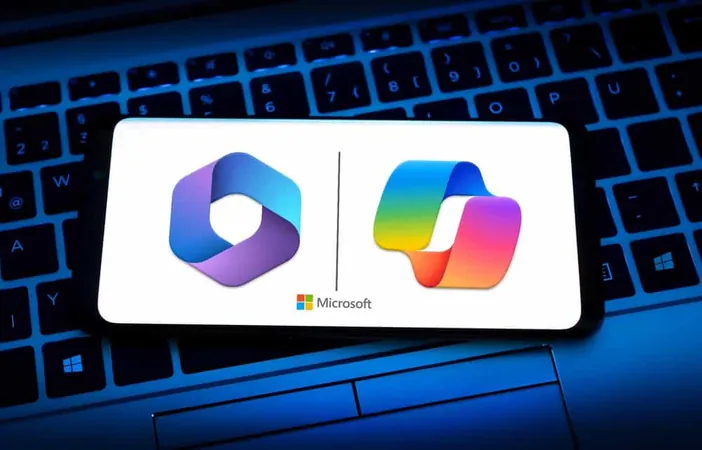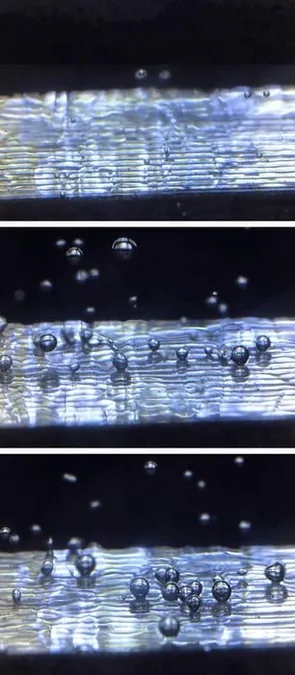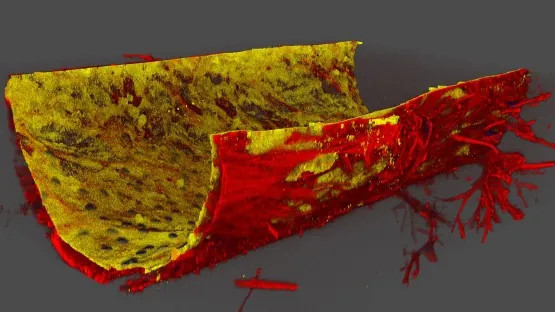
Major Security Flaw Exposed in Microsoft Copilot Enterprise
2025-07-28
Author: Li
Critical Flaw Uncovered by Eye Security
In a shocking revelation, Dutch cybersecurity firm Eye Security has uncovered a serious vulnerability in Microsoft Copilot Enterprise that could allow hackers to execute malicious code on the underlying systems. Fortunately, Microsoft has promptly addressed and fixed the issue.
The Discovery Process
The vulnerability came to light during a comprehensive investigation into Microsoft's AI security measures back in April. Eye Security showcased that utilizing a simple 'pgrep' command with elevated privileges could lead to unapproved code execution, significantly heightening the risk of unauthorized access to sensitive information.
A Glimpse Into the Risk Assessment
Despite the potential threat, Microsoft rated this security leak as a 'medium' risk. Consequently, Eye Security did not qualify for a bug bounty, which has raised eyebrows in the cybersecurity community.
Jupyter Notebook: A New Attack Vector?
The investigation also revealed alarming issues within Copilot Enterprise's live Python sandbox—specifically, Jupyter Notebooks. These platforms allowed commands to run with elevated privileges, posing yet another pathway for potential breaches. Additionally, concerns arose about unauthorized access to Microsoft's Responsible AI Operations panel.
AI Tools: A Double-Edged Sword
Eye Security's research underscores the growing challenges organizations face as they adopt AI solutions. Microsoft is racing to implement AI tools, but this rush could compromise its promise to fortify its cybersecurity infrastructure, especially after previous attacks linked to cybercriminals from Russia and China.
Upcoming BlackHat Presentation
Eye Security is set to unveil its detailed findings at BlackHat USA 2025 in Las Vegas. On August 7 at 1:30 p.m. local time, they'll present a session titled "Consent & Compromise: Abusing Entra OAuth for Fun and Access to Internal Microsoft Applications," where they will dive deeper into the implications of this critical discovery.




 Brasil (PT)
Brasil (PT)
 Canada (EN)
Canada (EN)
 Chile (ES)
Chile (ES)
 Česko (CS)
Česko (CS)
 대한민국 (KO)
대한민국 (KO)
 España (ES)
España (ES)
 France (FR)
France (FR)
 Hong Kong (EN)
Hong Kong (EN)
 Italia (IT)
Italia (IT)
 日本 (JA)
日本 (JA)
 Magyarország (HU)
Magyarország (HU)
 Norge (NO)
Norge (NO)
 Polska (PL)
Polska (PL)
 Schweiz (DE)
Schweiz (DE)
 Singapore (EN)
Singapore (EN)
 Sverige (SV)
Sverige (SV)
 Suomi (FI)
Suomi (FI)
 Türkiye (TR)
Türkiye (TR)
 الإمارات العربية المتحدة (AR)
الإمارات العربية المتحدة (AR)